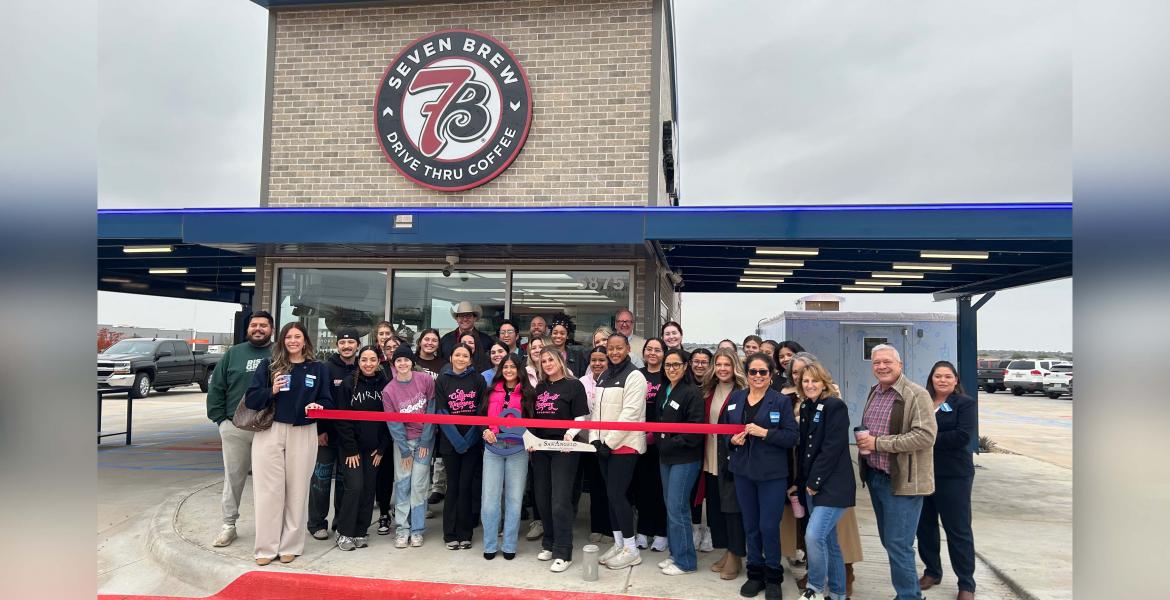The City of San Angelo’s Water Utilities Department will temporarily change the method of disinfection used in its public water supply, beginning June 2.
The Water Department normally uses chloramine, a mixture of ammonia and chlorine, to disinfect water. Beginning Monday, June 2, and for approximately four weeks after, the Water Department will use chlorine only, also known as “free chlorine.” The periodic, temporary conversion from chloramines to free chlorine -- a normal procedure for municipal water systems -- ensures water safety in distribution lines by ridding the mains of accumulated biological growths, thus yielding the highest quality of drinking water.
Citizens may see more flushing of fire hydrants by City staff during this process. Certain water lines with low flow must be flushed more often to ensure the free chlorinated water is adequately moving through the system. The Water Department does not like doing this during the City’s water conservation program, but in some areas it will be necessary.
Free chlorine is a stronger disinfectant than chloramine. As a result, water users may experience a slight change in the aesthetics of their water during the conversion, including a noticeable “chlorine odor” and slight discoloration. Most symptoms should lessen after a couple of weeks and do not affect the safety of the water supply.
The Water Utilities Department encourages kidney dialysis patients to speak with their equipment supplier; different types of equipment may have varying needs and require adjustments. The City has contacted local hospitals to alert them of the change.
The processes most aquariums have for removing chloramines from water should do the same with free chlorine and need no adjustments. Even so, fish tank operators are encouraged to confirm that with their equipment supplier. Local pet stores have also been informed of the conversion.
The Water Department will monitor chlorine levels and water-quality standards in the distribution system on a daily basis to ensure the safety of the water and that all state and regulatory standards are met.
Frequently Asked Questions
Water system’s temporary conversion to free chlorine, June 2014
The City of San Angelo’s Water Utilities Department will change the disinfectant used in the public water system from chloramine to free chlorine beginning June 2 for approximately four weeks.
Why is our water system making these changes to our disinfection process? Our water system normally uses ammonia and chlorine as the primary means of disinfection. The combination of these two chemicals form chloramine, the most common form of disinfection used in the United States for water systems utilizing lakes and rivers as their source. Occasionally, these systems must revert back to free chlorine as their disinfectant for a brief period of time for proper maintenance of the distribution system. Free chlorine works much better than chloramine in controlling thin biofilms of organics and microbes that can build up in a distribution system over time. This is a common preventive maintenance practice used by most water systems that use chloramine as the primary disinfectant.
When will this start and how long will it last? The conversion will start June 2 and last approximately four weeks.
Will I need to do anything differently during this change? No action is necessary. Residents may drink and use their water as normal.
What changes to the water quality will I notice during this period? When initially converting to free chlorine, you may notice more of a chlorine taste and odor to your water, especially in showers and sinks, where water splashes. There may also be slight discoloration in the water in areas of the city with low flows in the distribution pipes. These symptoms should lessen after the first couple of weeks of the change, but may still be present (although less noticeable) during the four-week period.
I have a fish tank. How will it affect my fish? We recommend you check with your equipment supplier. The processes you have in place to remove chloramines in the water should also remove free chlorine. No change or adjustment should be needed.
I’ve heard this can affect kidney dialysis machines. Is this true? We recommend you check with your equipment supplier as different equipment may have different needs or adjustments.
Will the City do anything to lessen the taste and odors we might experience during this change? Yes, the City will implement procedures to reduce effects as much as possible. However, changes are likely to occur and may persist. City staff will be monitoring the free chlorine residuals at various locationsthroughout the distribution system each day to ensure they are at correct levels. You may also see more flushing of fire hydrants by City staff during this process. Certain water lines with low flow must be flushed more often to ensure the free chlorinated water is adequately moving through the system. The Water Utilities Department does not like doing this during our water conservation program, but in some areas it will be necessary.
Is there a possibility of the free chlorine bleaching my clothes? Free chlorine is a much stronger disinfectant than chloramine. So, even though it may have more of a chlorine odor, the disinfectant residuals in the system will actually be lower than they currently are. We don’t expect to see any problems with bleaching of clothes. However, if you have brand-new clothes that have never been washed, you might wash them first in cold water to let their colors “set” before using a hot water wash.
Will this process improve the quality of my water once it is completed in four weeks? Typically after a change to free chlorine and then back to chloramine, less disinfectant is needed to maintain residuals in the distribution system. So if you are sensitive to the taste and smell of chloramine, you should see an improvement in water quality after the conversion.
Is there a way to reduce or remove the chlorine taste and odor during this period? Yes. A carbon filter is effective at removing free chlorine taste and odor, as well as chloramines. If you have an existing carbon filter on your faucet, reverse-osmosis (RO) system or cartridge under the sink, these should remove any additional taste and odor during this period. These are available at local retail stores. Some are inexpensive and easy to install.
Does the taste and odor from chlorine affect everyone the same? No. The taste and odor of chlorine in drinking water does not affect some people at all. Others who have a higher sensitivity to smells could be affected. Free chlorine tends to give water a “swimming pool” smell.
Whom can I contact with additional questions or concerns? Please call the Water Utilities Department at 325-657-4300 for more information.
Subscribe to the LIVE! Daily
Required






Comments
Listed By: Joe Blow
- Log in or register to post comments
PermalinkListed By: Ben There
- Log in or register to post comments
PermalinkListed By: J D
- Log in or register to post comments
PermalinkListed By: Eric smith
- Log in or register to post comments
PermalinkListed By: Jo N Ard
- Log in or register to post comments
PermalinkListed By: serenity at last
- Log in or register to post comments
PermalinkPost a comment to this article here: